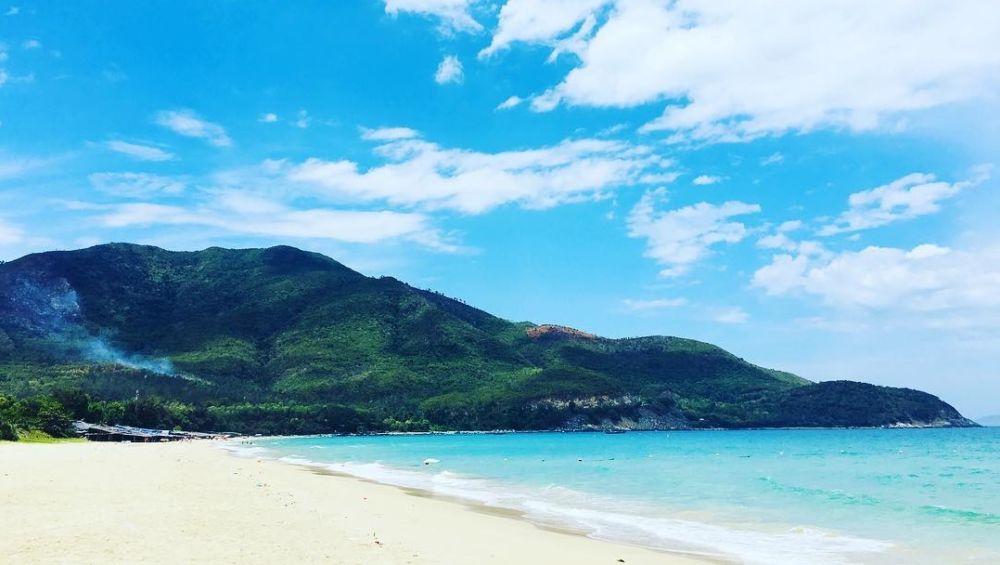

Nha Trang, a coastal city in Vietnam, is often synonymous with its breathtaking beaches, and among these, Bai Dai Beach, commonly referred to as Long Beach, stands out as a gem that has seen a substantial evolution in tourism over the years.
Tourism at Bai Dai Beach didn't flourish overnight. For many years, the beach was primarily a pristine and relatively untouched stretch of coastline favored by locals who appreciated its powdolly sands and crystal-clear waters. The scenic beauty of Bai Dai Beach remained a local Vietnamese secret, largerly due to lack of infrastructure and its distance from the main city center.
The turn of the 21st century marked a noticeable shift in Bai Dai Beach's positioning on the world map. As international travel became more accessible, and with an increasing number of travelers seeking out the next unspoiled location, Bai Dai Beach began to gain attention. Gradually, the area saw the development of essential services for tourists, from beachfront shacks serving fresh seafood to activities such as jet skiing and parasailing.
Moving forward, several high-profile investments transformed the landscape. Luxury resorts, condominiums, and entertainment complexes started to emerge, turning Bai Dai Beach into a desirable destination for both domestic and international tourists. Despite the development, the beach has been able to maintain much of its serene and unspoiled charm, a balance that has been carefully managed to appeal to a broad spectrum of visitors.
In recent years, sustainable tourism has taken center stage at Bai Dai Beach. There is an emphasis on promoting eco-friendly practices, ensuring that the ecosystem and natural beauty of the area remain protected. Hotels and resorts are increasingly adopting sustainability certifications, offering organic dining options, and encouraging guests to participate in environmental preservation activities.
Experience Tourism has also made its mark, with visitors looking for more than just a beach holiday. Tourists are engaging with the local community, learning about the cultural heritage and taking part in cooking classes, fishing excursions, and village tours to get a true taste of Vietnamese life.
Bai Dai Beach now also benefits from hosting several international events, including water sports competitions and cultural festivals, which have helped to raise its profile even further.
In summary, Bai Dai Beach's tourism history has evolved from a local hideaway to an international hotspot while striving to maintain the natural allure that made it a treasured destination in the first place.
When planning a visit to Bai Dai Beach, it's advisable to consider the seasonal weather patterns. The best time to go is generally between January and September when you can enjoy the most sunshine and the least rain. Always check for the latest travel advice and updates to ensure a safe and pleasurable trip.